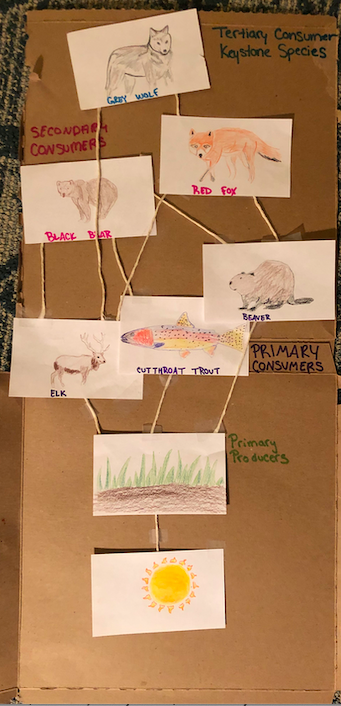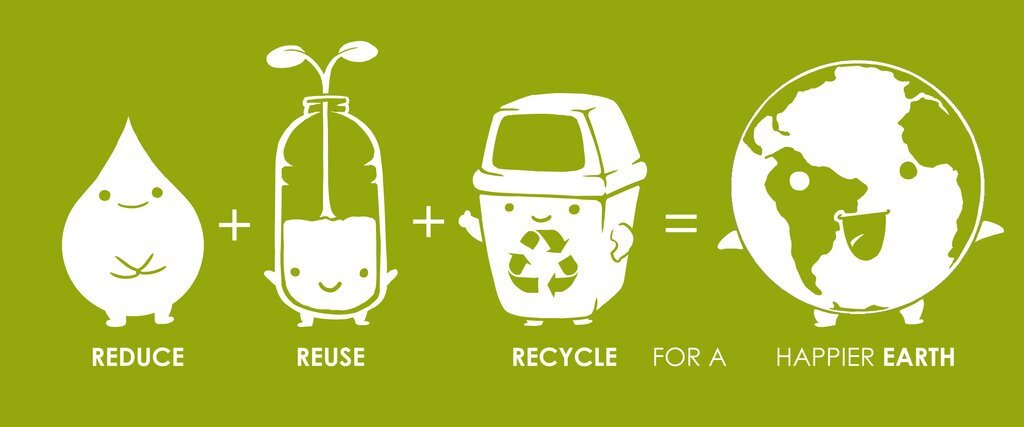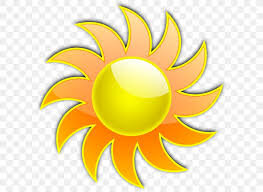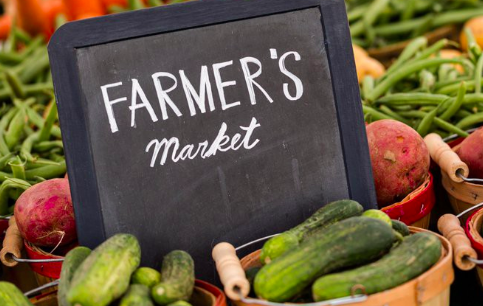Welcome to Change is Simple’s Online Learning Platform!
Overview: Today we are going to start this week off by talking about something that relates to every part of our life. Today’s topic is focused on carbon footprints which are impacted by the activities we do, the food we eat, the products we buy, and even how we get around. We are going to talk all about what a carbon footprint is, how it affects our planet and you are even going to calculate your own! Most importantly, we are going to learn some ways we can all lower our carbon footprints!
Grade Level: 4-6
Theme: Energy Conservation
Supervision needed? Yes
Essential Questions:
What is a carbon footprint?
How can I influence my carbon footprint?
Materials Needed:
Computer
Standards:
13.1 Describe types of natural resources and their connection with health.
Ecological Health 13.2 Describe how business, industry, and individuals can work cooperatively to solve ecological health problems, such as conserving natural resources and decreasing pollution
Ecological Health 13.4 Identify individual and community responsibility in ecological health.
Ecological Health 14.2 Identify ways the physical environment is related to individual and community health
14.3 List practices and products that make living safer.
Today we are going to start this week off by talking about something that relates to every part of our life. From the activities we do, to the food we eat and the products we buy, even how we get around. Today’s topic is focused on carbon footprints. We are going to talk all about what a carbon footprint is, how it affects our planet and you are even going to calculate your own! Most importantly, we are going to learn some ways we can all lower our carbon footprints!
Check out the video below to start todays lesson!
Lets take a look at your Carbon Footprint:
Now we are going to find out what your carbon footprint is! Pick a calculator below that best fits your grade. The calculator is going to ask you a bunch of question about what you do in your every day life. Remember almost every thing that we do releases carbon dioxide into the atmosphere.
When we use electricity in our homes that power needs to be created somewhere! We burn fossil fuels at a power plants to create electricity. This releases massive amounts of carbon dioxide into the air.
Our food is not all grown in our back yard, it is usually grown in another state or country and that food needs to get to you! The distance your food has to travel adds to your carbon footprint.
We don’t walk everywhere; we use cars, trains, planes, and trucks to get around. All of these modes of transportation use gas and oil. Again, when these are burned carbon dioxide is released into our atmosphere.
Every product that you use; toys, clothes, care products and anything else you might use in your home. It all came from somewhere, whether its oil that is used to make plastic or the processes to create things like cotton, manufacturing creates a ton of carbon dioxide pollution which adds to your carbon footprint!
Once you have found your carbon footprint, record it below and answer the questions to figure out what adds the most to your footprint and how you can lower it.
There is also a math extension attached related to your carbon footprint to help keep your math skills sharp.
Make sure to check out the youtube video “Carbon Footprint explained” below for additional information
Carbon Footprint Calculators:
http://www.parkcitygreen.org/Calculators/Kids-Calculator.aspx (k-3rd)
https://www.conservation.org/carbon-footprint-calculator#/ (4th-6th)
https://www3.epa.gov/carbon-footprint-calculator/ (5th and up)
What’s your carbon footprint? (this depends on which Footprint calculator you use)
Score: _________
OR
Tons/ Pounds of C02: _________
Can you define carbon footprint?
What added the most to your carbon footprint? Why? ( Food, electricity, transportation, waste)
List 4 ways you think you can personally do better?
Reflection:
Do you want to have a large or small carbon footprint?
What are some ways carbon is released into our atmosphere?
What does carbon pollution in the air do to our planet?
Submit some actions that you are doing to lower your carbon footprint!










































